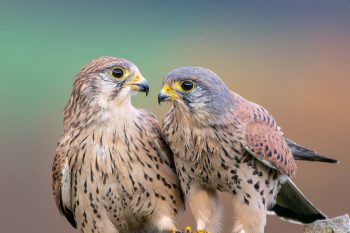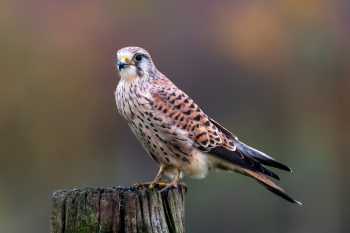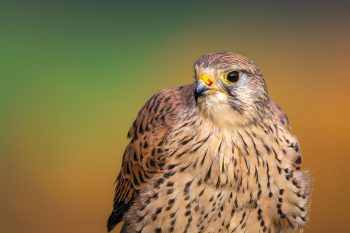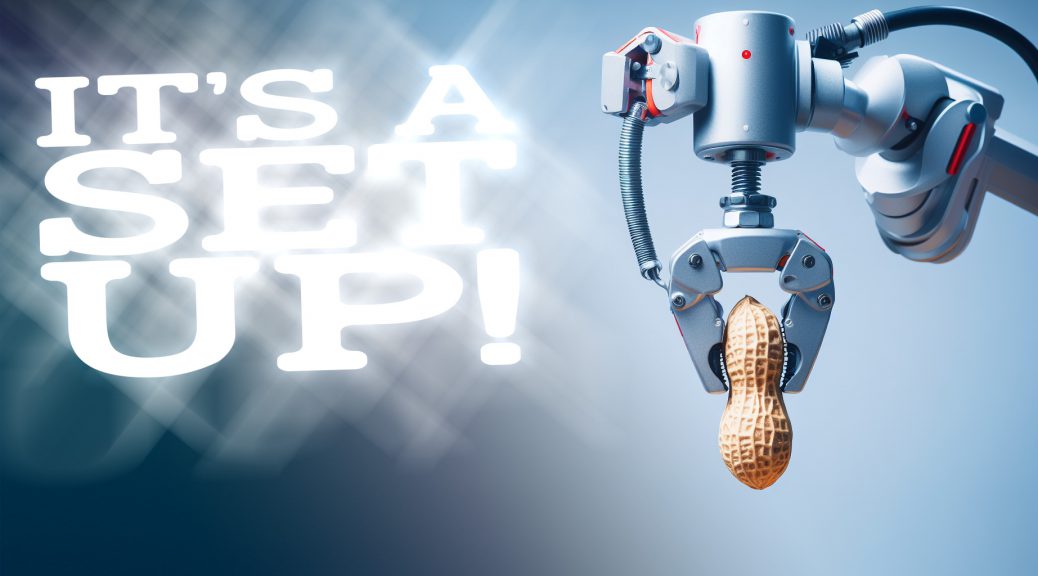Part 1: Credit where credit’s due
The right place and time
If you follow this blog then you’ll know that, over the last year and a half or so, most of my photography has focused around wildlife photography, and that most of that has happened in the hides at my local park.  Over the last year, while Yorkshire Wildlife Trust‘s attention mostly has been given over to modifying and maintaining the habitat, there has been little in the way of food put out in the feeders to attract birds.
Over the last year, while Yorkshire Wildlife Trust‘s attention mostly has been given over to modifying and maintaining the habitat, there has been little in the way of food put out in the feeders to attract birds.
Accordingly, many birders and photographers like myself have been bringing food to attract the wildlife and to photograph or observe whatever the food attracts. Typically there is no wildlife at all present when arriving at the hide but, although it’s deathly quiet, the birds aren’t far away. They’re always very well aware of what human activity is happening in the hide, and quickly determine if food is being offered.
This isn’t how I would prefer to go about wildlife photography but when I’m limited for time or when it’s just plain cold and I can’t physically spend the time necessary to find and stalk wildlife, this is the most pragmatic and efficient way to attract wildlife subjects. This is especially the case during the winter months, when hours of daylight are easiest counted weekly or monthly rather than daily.
Pay to play
 Mid-November, Glenn and I visited a hide located on a working farm, a few miles south of Bradford, to photograph a pair of kestrels. We’d heard great things about the location and seen a Youtube video from the same spot. We were not disappointed, despite the dismal weather as storm “Debi” ploughed through the area. We were provided ample mice with which to feed the birds, and we laid them out two at a time in the hopes of attracting the kestrels. The gentleman who maintains the hide seemed cautiously optimistic about our chances of witnessing kestrels, as well as some other woodland birds, and of us capturing “keepers” – photographs worthy of keeping and treasuring.
Mid-November, Glenn and I visited a hide located on a working farm, a few miles south of Bradford, to photograph a pair of kestrels. We’d heard great things about the location and seen a Youtube video from the same spot. We were not disappointed, despite the dismal weather as storm “Debi” ploughed through the area. We were provided ample mice with which to feed the birds, and we laid them out two at a time in the hopes of attracting the kestrels. The gentleman who maintains the hide seemed cautiously optimistic about our chances of witnessing kestrels, as well as some other woodland birds, and of us capturing “keepers” – photographs worthy of keeping and treasuring.
 He wasn’t wrong. Although the weather was miserable and the wind was howling, it only took a few minutes before the first of the two kestrels arrived, soon followed by the second. Although we had rented the hide for the day, after less than three hours we had all but filled our memory cards with photos and video clips of the kestrels feeding, and we were exhausted. It was a thrilling experience – even though for me the spectacle was far more gruesome than I’d normally seek out – and we very much came away with exactly what we’d set out to get.
He wasn’t wrong. Although the weather was miserable and the wind was howling, it only took a few minutes before the first of the two kestrels arrived, soon followed by the second. Although we had rented the hide for the day, after less than three hours we had all but filled our memory cards with photos and video clips of the kestrels feeding, and we were exhausted. It was a thrilling experience – even though for me the spectacle was far more gruesome than I’d normally seek out – and we very much came away with exactly what we’d set out to get.
 It felt far too easy. Even though I’m very used to attracting – even bribing – wildlife to come to me, this seemed like that scenario on steroids. Perhaps ridiculously, I felt uncomfortable capturing what amounted to perfect photographs but without having to work at all to get them. The scenario was entirely contrived, and the results of the shoot almost entirely assured. Glenn paid for the diesel to get there, and paid handsomely for use of the hide, to photograph birds that were accustomed to the environment and potential feeding opportunity. He got what he paid for, abundantly so. I freeloaded, of course! 😉
It felt far too easy. Even though I’m very used to attracting – even bribing – wildlife to come to me, this seemed like that scenario on steroids. Perhaps ridiculously, I felt uncomfortable capturing what amounted to perfect photographs but without having to work at all to get them. The scenario was entirely contrived, and the results of the shoot almost entirely assured. Glenn paid for the diesel to get there, and paid handsomely for use of the hide, to photograph birds that were accustomed to the environment and potential feeding opportunity. He got what he paid for, abundantly so. I freeloaded, of course! 😉
 Just as with the equipment a photographer selects and purchases, the opportunity for an image can also be purchased. Glenn’s willingness to pay for time in an exceptionally good hide is not so distinct from his or my willingness to spend money on a better lens with more reach or a wider aperture. It is an ethos of “pay to play” and, while reaping the benefits of an expensive experience in the hide photographing these kestrels, I was once again reminded that this is something that runs through not just wildlife photography but through all genres of photography. Perhaps in wildlife photography it is more obvious because it’s so extreme but, per my previous post on attributing credit, it is indeed a common theme in photography. It’s undeniable and it’s inescapable.
Just as with the equipment a photographer selects and purchases, the opportunity for an image can also be purchased. Glenn’s willingness to pay for time in an exceptionally good hide is not so distinct from his or my willingness to spend money on a better lens with more reach or a wider aperture. It is an ethos of “pay to play” and, while reaping the benefits of an expensive experience in the hide photographing these kestrels, I was once again reminded that this is something that runs through not just wildlife photography but through all genres of photography. Perhaps in wildlife photography it is more obvious because it’s so extreme but, per my previous post on attributing credit, it is indeed a common theme in photography. It’s undeniable and it’s inescapable.
The intrinsic value of artistic labour – suffering for your art
My motivation for photography is different from Glenn’s. While mine is very much with a mind to sharing my best images online, Glenn’s is more purely about capturing images for his own enjoyment – not to share. In truth, it’s often a frustration for me that Glenn is satisfied having simply taken the photograph, and I am sometimes forced to go weeks or months before seeing the results of his hobby, when he finally gets around to downloading them from his camera. In very stark contrast, even on our longest days out shooting, and as exhausted as I am, I still can’t rest at the end of the day until I’ve downloaded and at the very least cursorily reviewed my images from the day.
Unlike Glenn, who is his own audience with full knowledge and recollection of how the images he captures are achieved, I feel that I have an additional burden of responsibility to an audience who was not present at the time of shooting, to honesty and integrity.
If a photograph looks like it would have been difficult to achieve, but which I know in reality was not, I find immense discomfort. I can’t share the image without disclosing how I got it – nobody on Facebook is under any illusions about me bribing birds and squirrels! And so continues my internal struggle with photography, and the inherent value of the effort (or lack thereof) in making good images.

